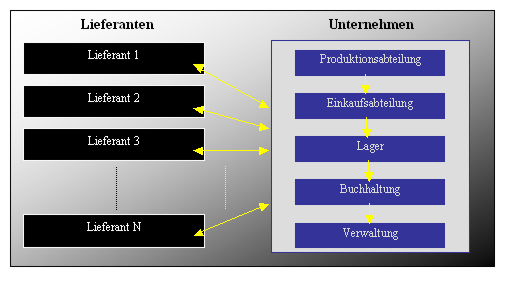
Fig. 1: The participants of the traditional procurement process.
2 The traditional procurement
In the following one the author examines the traditional industrial procurement and the connected, different, participants and activities, with it, from enterprise-internal view.
Since also the procurement structure of an enterprise can be very different, this analysis refers to an actual example, i.e. to an enterprise active in the chemical industry, which decided in the year 2001 for the outsourcing of the procurement and for a partnership with Unitec Germany GmbH.
This reference example applies to the entire procurement analysis of this work, including chapters 4. Its company may not be called and therefore uses one the designation customer GmbH, since indicated in this work the information and data, which concern it, from the unit hitting a corner and documents come and to the private documentation of the Unitec belong.
On the basis this material in chapters 2,2 and 2,3 the participants and the activities of the traditional procurement process are described in each case. Before it in chapter 2.1 the definition and demarcation of the terms "purchase" and "procurement" as well as the explanation of their role are described within an enterprise.
2.1 Definition and demarcation of the terms "purchase" and "procurement"
A condition for the understanding of the operational procurement process is the definition of the term "procurement" and the distinction with another associated term - the "purchase".
"under procurement one understands the acquisition and supply of the goods necessary for the production and utilization of the products of an enterprise.
These goods are raw -, auxiliary -, and fuels, parts, commodities which can be inserted as well as material assets ³(...)."
The procurement represents thus an operational process, which serves for the fact that the necessary goods in the desired quality, at the desired place, at the desired time and at competitive prices are made available.
How this process runs off is determined, by the purchase. The purchase area must make the decisions over all procurement conditions and takes therefore a large responsibility and a strategic meaning. Its functions cover 4 :
2.2 The participants of the procurement process
During the investigation of the traditional procurement process is a first necessary step to designate the participants involved.
On the offer side the suppliers , those stand the material necessary for a regulated business procedure of the enterprise make available "(...) of their product program can the enterprise be also completely dependent, since the quality of the products and services of the supplier can affect the business procedure of the entire enterprise strongly. 6 "
On the demand side the enterprise appears. The structure of an enterprise can be naturally very different and therefore falls back one here to the Unitec customer example (the customer GmbH), in order to mark the enterprise-internal participants.
However this example possesses an almost general validity.
To the enterprise-internal participants belong the production department, the purchase department, the camp, the bookkeeping and the administration. These enterprise departments and/or ranges are involved in different phases of the procurement process.
The individual tasks of department are explained in the next section of this work. Here only the connection between the participants of the traditional procurement process is to be illustrated (see: Illustration 1).

|
Top| Home| << Back | Next >>
/en/home.php" TARGET="_blank">>> Home Page << |